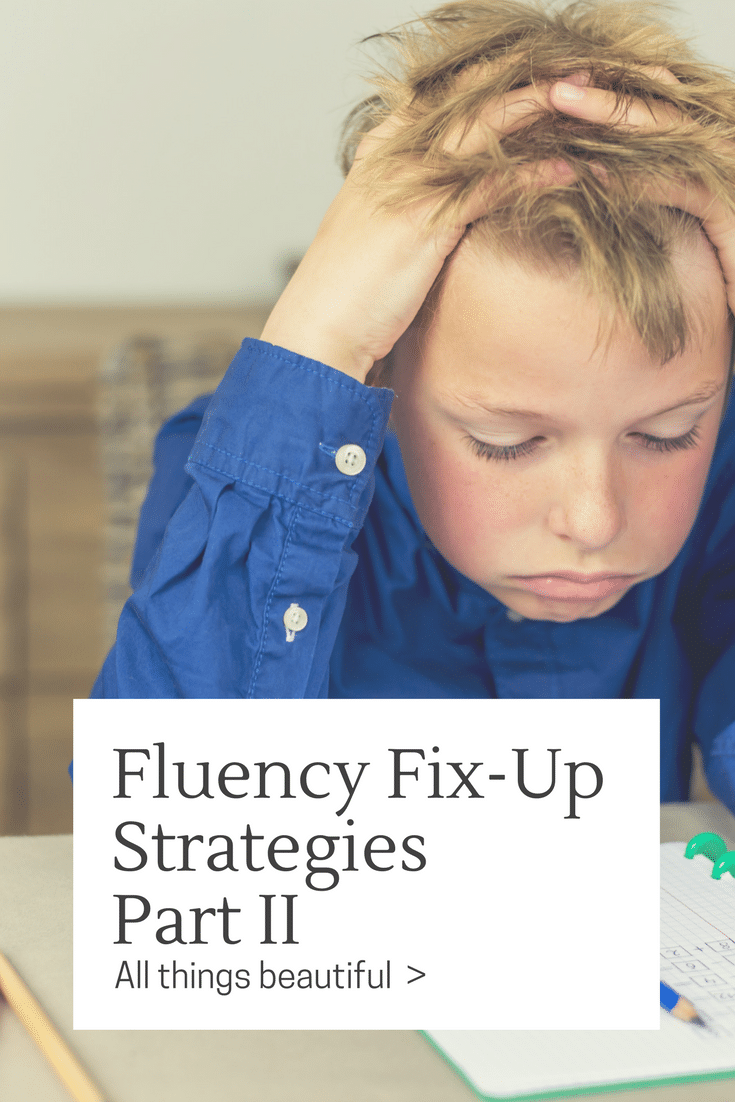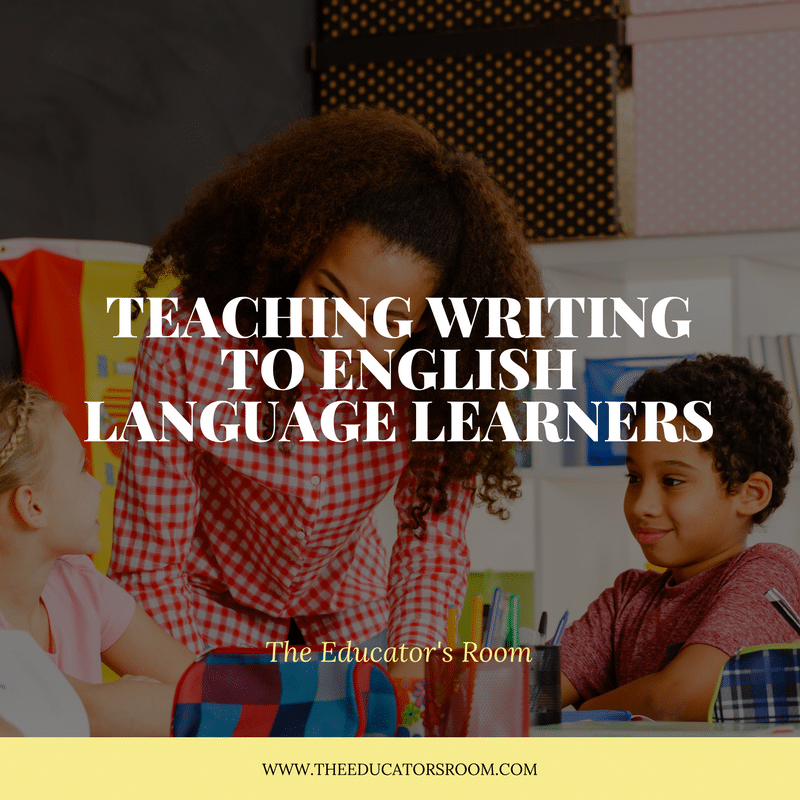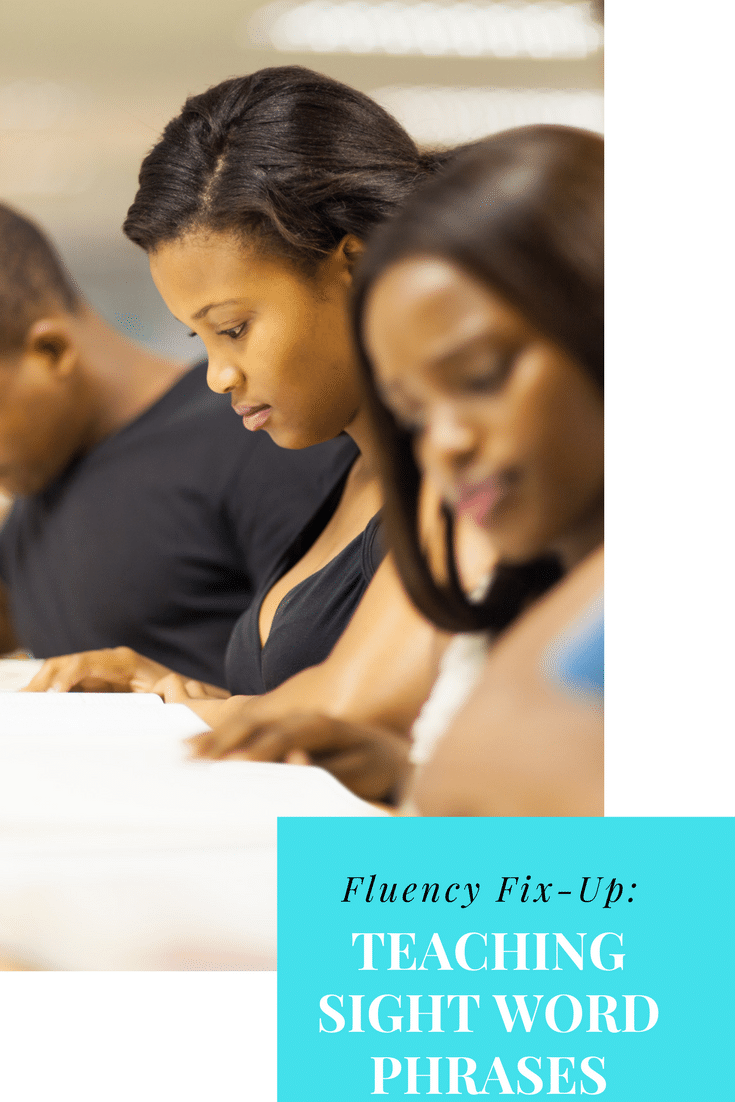Goal: noun; the object of a person’s ambition or effort. Aim: verb; having the intention of achieving. [fusion_builder_container hundred_percent=”yes” overflow=”visible”][fusion_builder_row][fusion_builder_column type=”1_1″ background_position=”left top” background_color=”” border_size=”” border_color=”” border_style=”solid” spacing=”yes” background_image=”” background_repeat=”no-repeat” padding=”” margin_top=”0px” margin_bottom=”0px” class=”” id=”” animation_type=”” animation_speed=”0.3″ animation_direction=”left” hide_on_mobile=”no” center_content=”no” min_height=”none”] If we don’t aim for goals, we may end up where we don’t want […]
Literacy
Fluency Fix-Up Strategies Part II
In my previous post, I wrote about the importance of fluency instruction and the benefit of explicit teaching of phrases to improve fluency. According to Timothy Rasinski: Reading fluency refers to the ability of readers to read quickly, effortlessly, and efficiently with good, meaningful expression. (The Fluent Reader, Pg. 26) Good readers need to be […]
Teaching Writing to English Language Learners
An English as a second language student will need extra guidance and encouragement to write. Depending on the various stages of English acquisition in your classroom and the grade you teach depends on how you ask for a writing piece and what you can expect the student work to look like. These are some general […]
Fluency Fix-Up: Teaching Sight Word Phrases
As literacy teachers, we know the importance of teaching our students how to achieve appropriate fluency. Long before the Common Core, we were modeling, teaching fluency strategies, allowing students time to practice, and having fun with poems, Reader’s Theater, and choral readings. As students progress through the grades, the importance of fluency does not diminish, […]
5 Ways to Incorporate Literacy in the Non-ELA Classroom
[fusion_builder_container hundred_percent=”yes” overflow=”visible”][fusion_builder_row][fusion_builder_column type=”1_1″ background_position=”left top” background_color=”” border_size=”” border_color=”” border_style=”solid” spacing=”yes” background_image=”” background_repeat=”no-repeat” padding=”” margin_top=”0px” margin_bottom=”0px” class=”” id=”” animation_type=”” animation_speed=”0.3″ animation_direction=”left” hide_on_mobile=”no” center_content=”no” min_height=”none”] According to the Australian Curriculum Website, the definition of literacy in the Australian Curriculum is informed by a social view of language that considers how language works to construct meaning in different […]
How to Write a Reader's Theater Play
[fusion_builder_container hundred_percent=”yes” overflow=”visible”][fusion_builder_row][fusion_builder_column type=”1_1″ background_position=”left top” background_color=”” border_size=”” border_color=”” border_style=”solid” spacing=”yes” background_image=”” background_repeat=”no-repeat” padding=”” margin_top=”0px” margin_bottom=”0px” class=”” id=”” animation_type=”” animation_speed=”0.3″ animation_direction=”left” hide_on_mobile=”no” center_content=”no” min_height=”none”] The most valuable class I have ever attended was at first a mistake. My enrollment in “Reading 101: Strategies for Middle School Students,” offered at our local intermediate unit, was a […]
What’s an ESL Teacher Anyway?
Every year when I get my test data and begin to form groups and create a schedule, I come across at least one classroom teacher that has an issue with me. I feel that the issues come up because of ignorance. Ignorance of what an ESL teacher does all day, why we help more than […]
Using Booktalks to Create a Community of Readers
Throughout my teaching career, I have used booktalks on a regular basis to motivate, inspire, and share quality literature with students. With middle school students, the booktalk can be an effective tool to hook reluctant readers and is an important component of independent reading time and/or a Reader’s Workshop. In short, a booktalk is a […]





